A cross-platform application is a platform that runs on different operating systems. This is very convenient for both the customer and the developer: creating a cross-platform solution saves time, money and makes it easier to maintain the application. Desktop applications can also be cross-platform, but require a special approach for taking into account all the nuances of desktop PC operating systems. We will discuss this topic in more details in the article.
Are cross-platform applications equal to desktop applications?
The answer to this question is “yes” and “no” at the same time. Apparently, a cross-platform application is a platform that runs on different operating systems. This is very convenient for both the customer and the developer: creating a cross-platform solution saves time, money and makes it easier to maintain the application. Desktop applications can also be cross-platform (we will discuss this in more details in the article), but require a special approach for taking into account all the nuances of desktop PC operating systems. The cross-platform desktop app is a qualitative and fast system that satisfies the user and, accordingly, brings significant benefits to the customer.
Ups and downs of standalone level vs cross-platform app
A standalone application is a program that runs on the device locally and does not require anything apart from the necessary level to function. All logic is built into the application, so in most cases, it does not need an Internet connection or any other installed services or tools.
A cross-platform application is an application that equally adapts and works on different operating systems, combines web technologies and tools for developing operating software on smartphones and desktop computers.
Obviously, everything depends on your aim: what is the purpose of the application that you are developing? Does the platform need updates, internet connections, hyperlinks? Can it be standalone and serve only as an introductory platform, and therefore work without a web connection?
Do React and NodeJS support desktop applications?
The answer will be concise: Yes! But let's start from the beginning.
ReactJS is an open JavaScript library used to create user interfaces. The solution gives the possibility to deal with the problems of partial updating of the content of a web page, which are encountered in the development of single-page applications. React is a really effective framework written in JavaScript. The framework is open-source, which is used to develop interactive interfaces for React desktop applications. ReactJS is best used to process the design layer of complex applications, web apps and even websites.
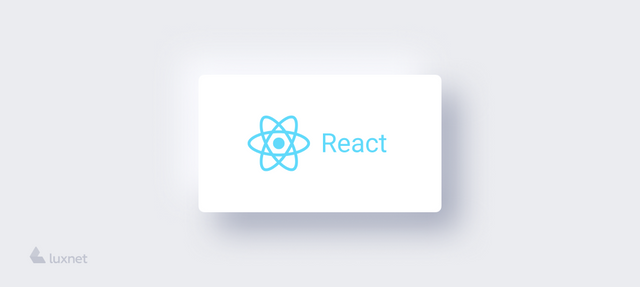
Node.js has provided the possibility to execute JavaScript scripts on the server and send the user the final result. The Node.js platform has turned JavaScript into a common language with a large developer community. Node is a server-side framework that works due to V8 JavaScript Engine Engine Google Chrome. This platform is also open-source and is used to create networking and back-end applications. Node JS desktop applications are easy to use, qualitative and fast.
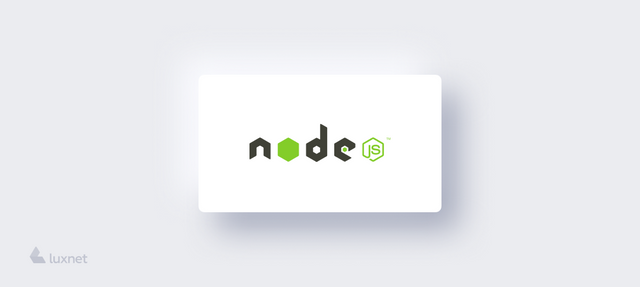
Top 5 JS frameworks for desktop applications (desktop app) according to Luxnet
1. Electron
This is a framework that has open-source. It was created seven years ago by GitHub for the editor of JS desktop application Atom. This library will allow creating a high-quality cross-platform desktop application. The web technologies used by Electron are JavaScript, HTML and CSS. The advantage of the Electron app is that you can build desktop applications that will work like web applications, and also allow you to read and write information in your computer file system. The desktop platform Skype for the Linux operating system is created on the Electron framework.

2. NodeGUI
This is another open-source framework for cross-platform desktop app development on the CSS and JavaScript platforms. With the help of this framework, it is possible to create native applications. Here you can find a set of fee-based developer tools and widgets with the help of which it is possible to create built-in UI platform blocks. There is also a version based on React.
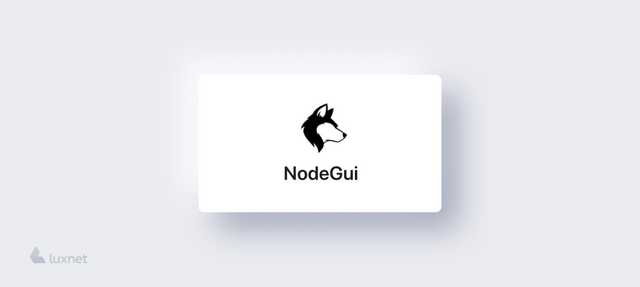
3. Proton Native
This is a fairly "fresh" program on the market. Proton Native gives the possibility to build applications for the PC. This is something similar to what React Native created for mobile devices. The framework allows you to create interfaces without interruption and control status on cross-platform applications. This is what makes Proton Native one of the best JS frameworks for developing applications for various operating systems. Proton Native uses only its native tools, takes up little computer space and does not require many resources to develop the application. The framework uses the same syntax as React Native, works with React and Redux libraries. One more advantage is that it is compatible with Node.js.
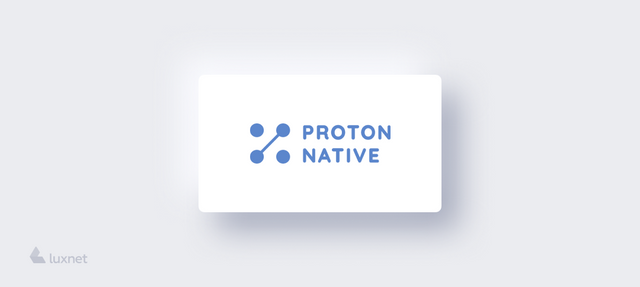
4. NW.js
This is also one of the best JavaScript frameworks for desktop applications. It is open-source Intel, combines the Node.js framework with the Chromium engine, which was formerly called Webkit. Thanks to this high-quality combination, you can create an application on the NW.js framework that will not only load the local website in the program window but also allow you to connect to the operating system via the JavaScript API. This solution will give you the possibility to control the size of windows, toolbars and menu items. NW.js will also provide access to local computer files. The framework supports all browser functions and can provide the protection of your JavaScript source. The NW.js framework is available on Linux, Mac OS and Windows.

5. AppJS
This is an easy-to-use but truly powerful tool that can be used to develop cross-platform applications. You do not need to learn a new language when building an application. You can easily create software for a smartphone if you know the basics of HTML, CSS and JavaScript. AppJS is based on Chromium, so the developer gets the latest HTML5 APIs. In addition, AppJS can also be used to create attractive applications from Word Processors to 3D games. There are no GUI widget restrictions in the default mode here, so creating of user interfaces is now limited only by your imagination.
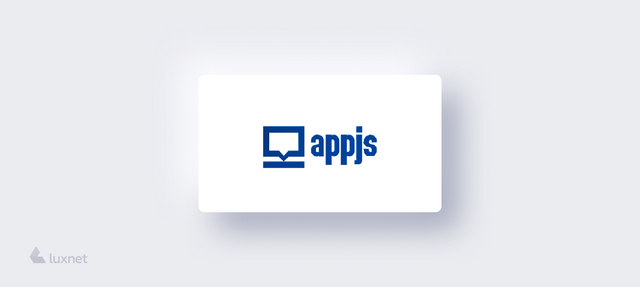
TL;DR
Cross-platform desktop applications are a good and modern solution for your business. To create them, you do not need to involve a lot of "investment": time, money, support. At the same time, they will work well, be of high quality and easy to use. Which framework from the offered ones to choose, depends on your needs and, accordingly, the goals that you invest in the future application.
